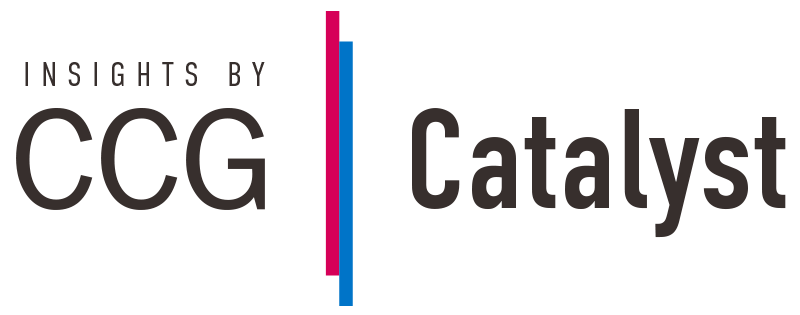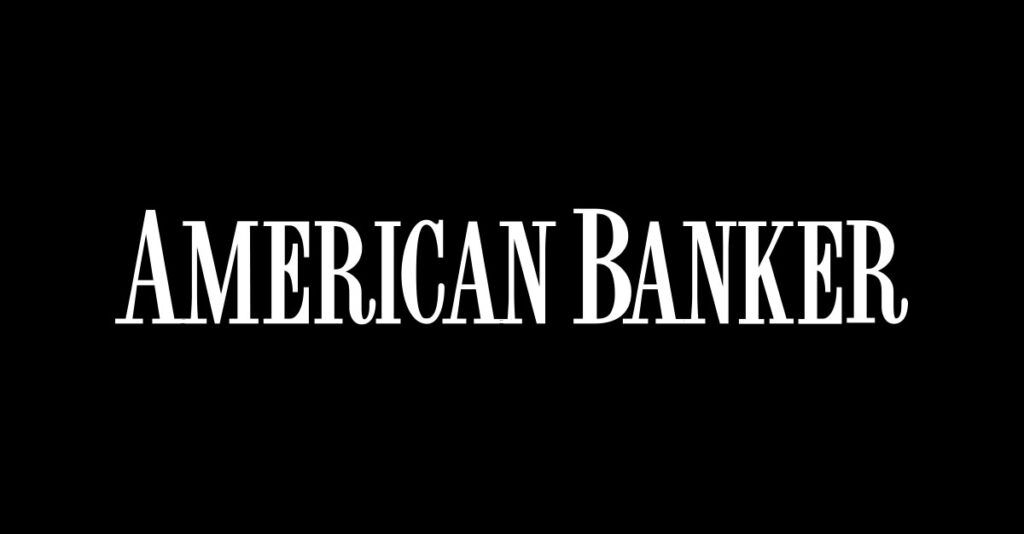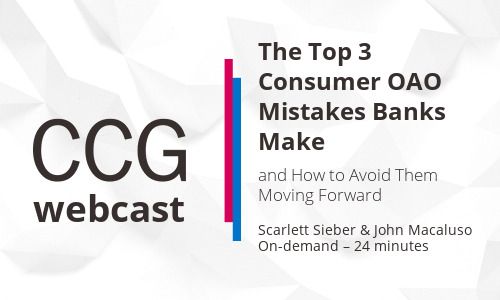Will Citi’s Accidental Digital Strategy Pay Off?
In the trying years following the financial crisis, Citigroup took a different path than rivals JPMorgan Chase, Bank of America, and Wells Fargo. While these three banks grew rapidly, building branches and soaking up deposits, Citi shrank its physical footprint to a small number of cities and wealthy customers and focused on card issuing. The result today is that the bank is poised to expand its deposit base at a lower cost than its rivals using digital channels.
The talk in 2009 was not of expanding mobile banking, but that was the refrain on the bank’s recent earnings call. Citi did not report its mobile numbers in quarterly earnings reports until mid-2017, while its competitors began doing so in 2013. Citi claimed 11 million active mobile users in April, while Chase, the market leader, reported 34.4 million.
“For the 21st century, we are glad we never got the ballast of an extra 4,000 branches,” Stephen Bird, Citi’s CEO of global consumer banking, told the Wall Street Journal this week. “I’m certain it’s going to turn out to be a very fortuitous thing.”
On the bank’s April 15 earnings call, CEO Mike Corbat touted Citi’s “branch-light, digital-heavy strategy.” The retail unit added close to $1 billion in deposits in the first quarter of the year, while mobile users grew 12% over the previous year.
These two figures are linked. Mark Mason, the bank’s chief financial officer, noted, “Looking across all deposit products, we have already been — we have already seen digital deposit sales in the first quarter of 2019 that are roughly equal to all of last year. More than two thirds of the new accounts from digital channels are new to our retail banks and more than half are outside of our branch footprint.”
Citi is able to accumulate deposits without building new branches, but Chase is doing the same thing. It launched the digital-only account Finn in St. Louis, where the bank has no physical presence. Wells Fargo similarly launched a digital-only account, called Greenhouse. This was accomplished while still supporting gigantic branch networks.
Bank of America, meanwhile, was the first of the megabanks to launch a chatbot, Erica. The service has received mixed reviews, but with 6.3 million users, about 25% of the bank’s mobile userbase, it is presumably cutting down on calls and expensive live-agent interactions.
There are other distinctions that set Citi apart. Far more than its domestic rivals, Citi is a global bank, with a particularly strong hold in Asia, where fintech is the most innovative and adoption is expanding the most quickly. In the fall of 2017 Citi launched a chatbot in the Singapore market called Citi Bot SG, and a year later announced that a similar service would soon arrive in the U.S. (The presence of a South Carolina-based startup called Citibot may complicate the use of that name in the U.S.) It has yet to appear.
Experience in Asia also led Citi to launch a new loan product called Flex, which allows a cardholder to transfer a portion of her balance to a fixed-interest, fixed-duration loan, similar to what Prosper and Lending Club offer. But more generally, Citi is leveraging its huge card base — along with Visa it recently won over the valuable Costco account from American Express, but at great expense — and marketing deposits and saving services to its cardholders.
CFO Mason continued, “We simplified our deposit account-opening process for both new customers and existing cardholders, and at the same time successfully launched a new digital savings product, targeted to customers outside our core retail markets.” This is Citi Accelerate, a high-yield savings account. Goldman Sachs has had tremendous success raking in deposits with Marcus, which also offers an interest rate on its accounts far above the market average.
Digital banking is now at the stage where banks can offer a relatively full suite of retail services via their mobile apps. This was a winning formula for USAA and Ally, which also lack branch networks but were able to win deposits from customers that were already users of its insurance and auto loan products, respectively.
In August 2018 the Federal Reserve commented, “The persistence of the large number of local bank branches across the country — even in areas with expensive real estate and in the face of improving information technology — may be due to the fact that both depositors and small businesses continue to value local bank branches.” The Fed also noted that while older, wealthier customers are heavier users of branches, the wealthiest customers are not heavy branch users, presumably because they are receiving more proactive, personalized services.
Personalized, proactive service is coincidentally what millennial and Gen Z customers are coming to expect thanks to Amazon and Netflix, and this can only be delivered at scale through digital channels and AI-driven interfaces. This is known by the oxymoronic term “mass personalization.” Millennials are infrequent branch users, but are users of micro-investing apps such as Stash, Robinhood, and Acorns. Money disappearing into services such as these may explain the growing scarcity of deposits and banks’ collective hunger to recapture these funds.
Presently, a large and expensive branch network does not seem to be holding back Citi’s rivals, who have outpaced the bank in offering innovative digital services. But Citi has notified the world that its belt-tightening after the financial crisis has begun paying off ten years later. Will it grow faster than its branch-heavy rivals?
Smaller institutions with limited resources may find more to emulate in the branch-light, digital-heavy Citi model, but it should be noted few banks will share Citi’s advantage of a huge population of cardholders. Where are your next customers to be found?
Subscribe to CCG Insights.







